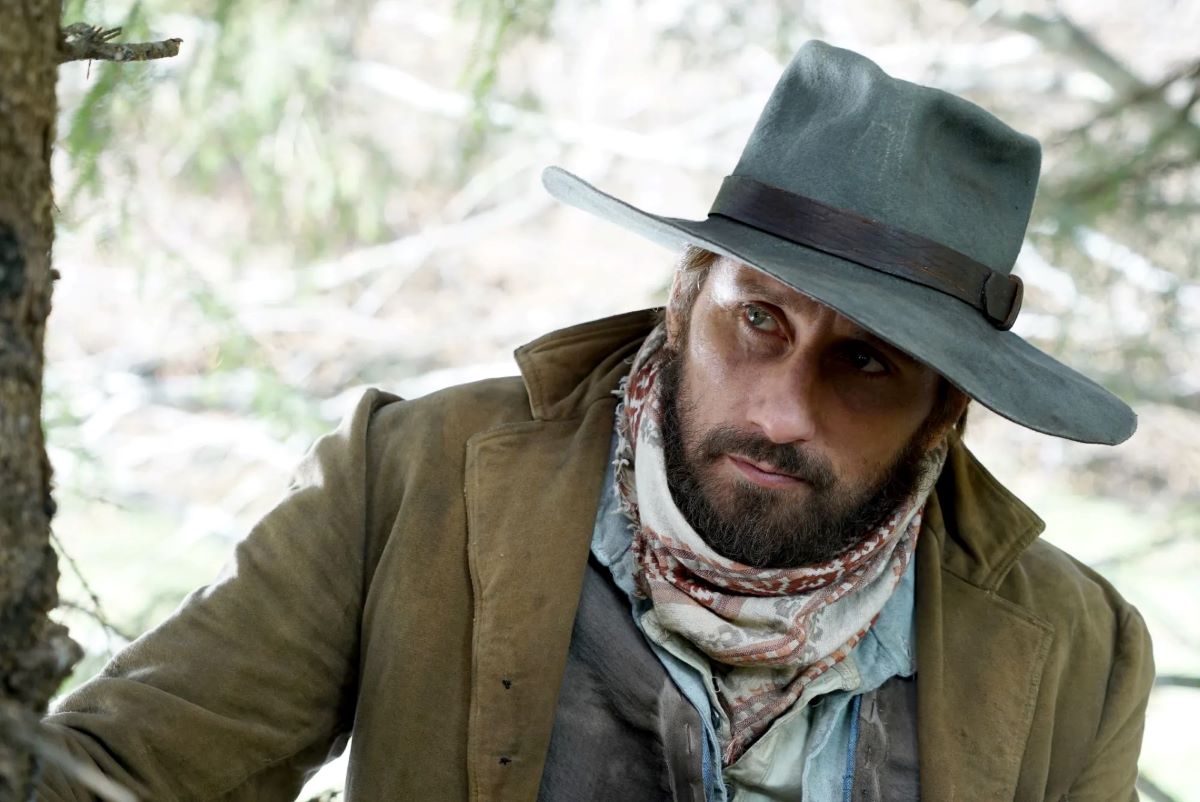Netflix’s New Gay Cowboy Show Has a Confusing Name—Here’s Why
Who is this Django and why is he white?

One of Netflix’s newest shows continues a decades-long story. But it’s not the story you may be thinking of. When viewers heard that Netflix was bringing a Django show to the streaming service, many assumed that it would be connected to the Quentin Tarantino film, Django Unchained. However, the series is not connected to the Tarantino film. Instead, it is a continuation of the Django western films of the 1960s and ’80s.
Who is Django?
Much like Clint Eastwood’s Man With No Name, Django is a character who appeared in dozens of westerns. The first film, simply titled Django, became a hit and was marketed as one of the most violent films of the decade. While the character was American, the film was produced in Italy, like many other western films of the time.
This success, combined with the weak copyright laws of Italy, resulted in dozens of knockoffs that used the Django title, including A Few Dollars for Django (1966), Django Shoots First (1966), Django, The Last Killer (1967), Django Kill… If You Live, Shoot! (1967), Son of Django (1967), and many more. While there were only two films starring the original Django, Franco Nero, the character is credited as appearing in over 30 films.
Django remains influential and renowned, with both George Lucas and Quentin Tarantino naming iconic characters after him (Jango Fett and Django Freeman). In fact, Franco Nero cameoed in Django Unchained, bringing the cycle of references full circle.
The new Django
Ironically, this new series does seem to follow in the footsteps of Tarantino and other modern western filmmakers, acknowledging the violent past of the Wild West and how it was especially challenging for marginalized groups.
The plot of the series revolves around Django finding his long-lost daughter, who is now engaged to the Black mayor of New Babylon, a safe haven for outcasts of the Wild West, including Black and queer people. The show even has trans characters, with Abigail Thorn playing a trans woman who lives in New Babylon.
While the western genre will always have a dark history of racism and revisionism to contend with, it is nice to see stories that both pay tribute to the classics and bring new perspectives to the table.
(featured image: Netflix)
Have a tip we should know? [email protected]
